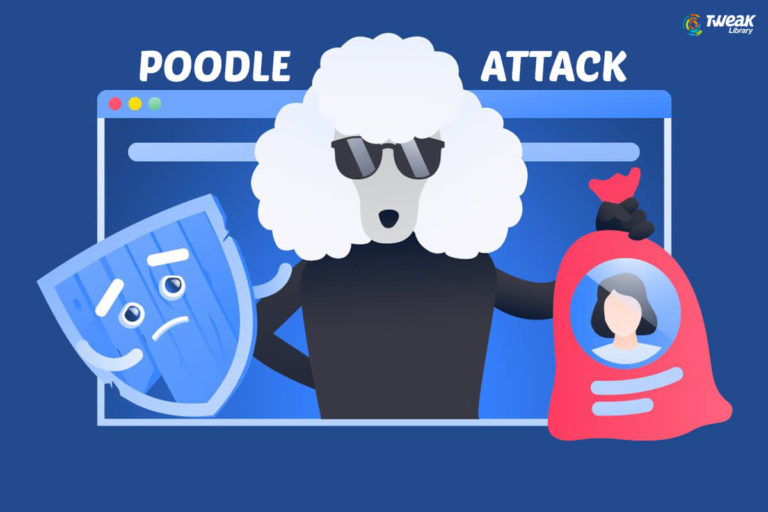Nowadays email is the most common and easy mode of communication. Whether it is writing an official email or an invitation note, the most preferred mode of communication is email. This is the reason that we find our inbox packed with hundreds of emails every day. Also, depending on our interests, our work, our lifestyle, the emails can be normal emails from our friend, promotional from various agencies or social from the various social networking sites.
As email has now become the primary mode of communication, therefore, it also become a popular target for the scammers and hackers. Many a time, hackers try to trick novice users by sending scam emails. These scam emails can not only trick you into disclosing your personal details but also make you install malware on your system.
The scammers sending these scam emails are so cunning that they spoof their email address by pretending to be legitimate company or organization. Therefore, for a layman user it is next to impossible to spot these phishing emails.
Here in this article, we have summed up 5 simple ways of spotting a scam or phishing email.
How To Spot Scam Emails
1. Email Asking For Personal Credentials
If you receive an email in your inbox asking you to disclose your personal details like your birth date, social security number, CVV code or any other such confidential details, then take it as a warning bell. As your bank or any official government organization never asks you for such confidential details and that too in an email.
Whenever you receive an email asking you for personal details, cross check with the corresponding bank or organization before providing the same.
Also Read: Nine Ways to Improve Cyber Security
2. Emails Containing Lucrative Phrases
Often, we find an email with a subject, “Grab your prize now” or “Congratulation on being a winner”., even though you haven’t participated in any contest. These types of lucrative phrases itself give a confirmation that there is something fishy in the email.
Also, many at times you may receive an email in which a certain product is offered just for free or at unrealistically low price. Believe us, there’s nothing free in this world. Everything comes with a price tag and the one claiming to be free will actually cost a lot.
So, whenever you receive such an email stating that you have won millions of dollars or a MacBook is offered at .99 cent then it is nothing more than a trap.
3. Fraudulent Charity Emails
Undoubtedly there’s nothing more wonderful feeling in this world than helping someone. This deed can’t be expressed in words. Also, every human being has a soft corner in his heart to help needy people. The scammers target this soft corner to fulfill their evil needs.
In a natural disaster or calamity many organizations start charity funds by asking people from all over the world to contribute. However, many fraudulent websites see this as an opportunity to earn money. They pretend to be a genuine charitable trust and scam the users by asking them money.
The Federal Bureau of Investigation themselves reported that they come across more than 4000 fraudulent websites claiming to be a charitable organization, during the period when USA was hit by Hurricane Katrina.
Also Read: How to Use Windows AppLocker to Prevent Cyberattacks
4. Email Asking for Immediate ACTION
Another method that is followed by scammers to trick the users is sending the emails that require an immediate or urgent action.
A common example of the email can be, “Confirm your account details now else it will be terminated”. Or it can be like, “Grab this! Only two lefts in stock”. These types of emails trap the user more easily when compared to others, as user tries to respond as soon as possible.
Also, in case you receive an email from your bank or credit card company regarding your account suspension then it is better to verify with them regarding the authenticity of the email.
5. Emails with Grammatical Errors
This is one of the easiest and simplest method to differentiate between a legitimate and illegitimate email. The phishing/scam emails often contain spelling blunders and incorrect use of grammar which can never ever be the case with legitimate emails.
Also Read: Is Windows Defender Good Enough for Your PC?
All the legitimate organizations before sending the emails to its users proofread it for spelling or grammatical errors. Even an advertising email from a genuine organization will not have spelling mistakes or bad grammar. Also, an official email always has proper fonts size and style that primarily lags in a scam email.
Bonus Tip: Always look for the “from” field in an email to make sure that website domain is same as the company name that has sent the email.
So, folks, that’s it from our side. Hope this article will now help you in distinguishing between a scam and a genuine email.






Leave a Reply